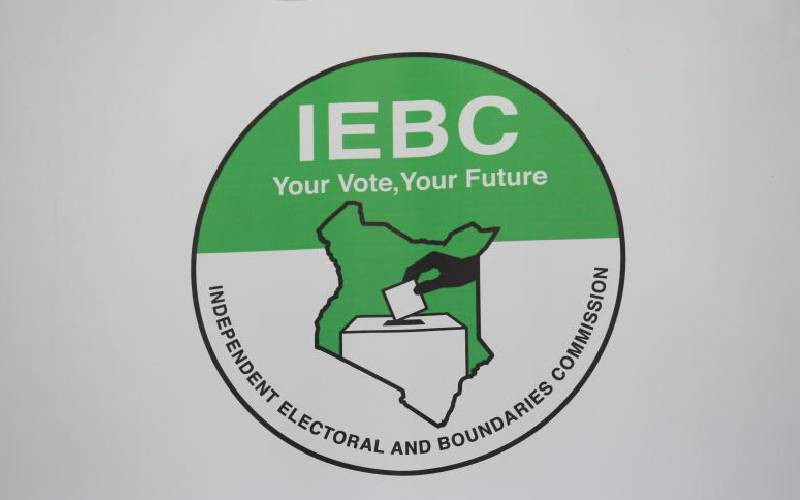By Cosma Gatere
Kenya: In an article published in The Standard on October 8th, “Privatisation Blunders: Is the government getting the short end of the stick?”, Emmanuel Were argues that “… the railway line as currently operated by Rift Valley Railways is laden with politics and bad economics.”
The article’s arguments largely dwell on what went wrong during the first three years of the railway concession when it was managed by South Africa’s Sheltam Pty. It ignores the fact that a fresh agreement with a new shareholder grouping was entered into in August 2010, and since then, there has been a clear upturn in the company’s fortunes.
RVR is up-to-date on its concession fee obligations to the Kenya Railways and Uganda Railways Corporations, having paid Sh4.5 billion, which includes fee arrears inherited from Sheltam.
This is despite the concession fee being three times the global norm for such railway franchises.
Among the many service and operations innovations introduced, RVR has set up a Sh800 million state-of-the-art GPS and satellite-based train management system which communicates with computers installed aboard locomotives to provide real time information about the state of the engine as well as the exact location of cargo.
This technology has helped cut transit times between Nairobi and Mombasa by six hours and rendered obsolete the mandatory stops at manually-manned stations.
Today, cargo-carrying trains get clear-line authorisation while in transit directly from the operations control center, improving cargo delivery speeds and line utilisation efficiency.
Speed restrictions
If there is bad economics affecting the concession, as Mr Were suggests, it is not related to the operations of the company. Rather he should look to policy flaws such as the requirement that RVR, a railway company, pays a levy on diesel to run its locomotives into a fund used to improve roads.
RVR has paid over Sh1 billion in this way into the road development fund. Not only is this a direct subsidy to a competing cargo transport mode; it’s a surprising policy stance when the official position is to move more cargo by rail.
A more judicious approach would be to direct any such levies towards improving the railway line and save the company what is in effect a double-tax, as it needs to dip deeper into its resources under current arrangements to finance infrastructure improvement.
RVR’s recent rehabilitation of 73km of badly worn out sections of track between Nairobi and Mombasa at the cost of Sh1.7 billion, was the first serious investment in upgrading the country’s rail infrastructure in nearly three decades.
Completion of this project has resulted in lifting of speed restrictions in these sections and helped cut in half line-blockage hours due to incidents.
Mr Were understates the amount of money invested by the company’s new shareholders quite significantly. Since the new financing agreement began in January 2012, over Sh13 billion has been invested into cutting-edge technology, improving infrastructure, and expanding haulage capacity both in Kenya and Uganda.
Stay informed. Subscribe to our newsletter
This is four times greater the Sh3.4 billion investment requirement in the concession agreement and represents a level of capex spending arguably unmatched over the same period in East Africa.
The reasons your article advances for ongoing wagon rehabilitation are also misleading. The busy overhaul and rehabilitation initiatives underway in the company’s Kampala and Nairobi workshops are expanding the fleet of wagons at the rate of 90 per month, and will, in fact, triple the company’s wagon convoy by 2015.
Together with plans underway to double the number of locomotives by the end of this fiscal year, these programmes will dramatically increase cargo haulage capacity, providing a boon to freight transporters and the larger economy.
In his comments on regional rail initiatives, your writer seems unaware that the promise of enhanced regional trade and integration facilitated by rail is not a distant dream — it is a present reality.
Bureaucratic bottlenecks
Following RVR’s rehabilitation and reopening of the 500km Tororo-Gulu-Pakwach railway line in Uganda last month — after being shut for 20 years — RVR is already delivering cargo from Mombasa to these northern Ugandan cities by train, and transhipping cargo by truck from these points to South Sudan and eastern DRC.
While discussing the role of bulk railway transport in eastern Africa, however, it is also vital to point out the priority of harmonising the efforts of the many players involved in evacuating cargo from the port, as well as the need to eliminate the bureaucratic bottlenecks and outdated processes, right through the transport corridor, that hold back vibrant intra-regional trade.
Writer is Director, external affairs, RVR.
 The Standard Group Plc is a
multi-media organization with investments in media platforms spanning newspaper
print operations, television, radio broadcasting, digital and online services. The
Standard Group is recognized as a leading multi-media house in Kenya with a key
influence in matters of national and international interest.
The Standard Group Plc is a
multi-media organization with investments in media platforms spanning newspaper
print operations, television, radio broadcasting, digital and online services. The
Standard Group is recognized as a leading multi-media house in Kenya with a key
influence in matters of national and international interest.
 The Standard Group Plc is a
multi-media organization with investments in media platforms spanning newspaper
print operations, television, radio broadcasting, digital and online services. The
Standard Group is recognized as a leading multi-media house in Kenya with a key
influence in matters of national and international interest.
The Standard Group Plc is a
multi-media organization with investments in media platforms spanning newspaper
print operations, television, radio broadcasting, digital and online services. The
Standard Group is recognized as a leading multi-media house in Kenya with a key
influence in matters of national and international interest.






